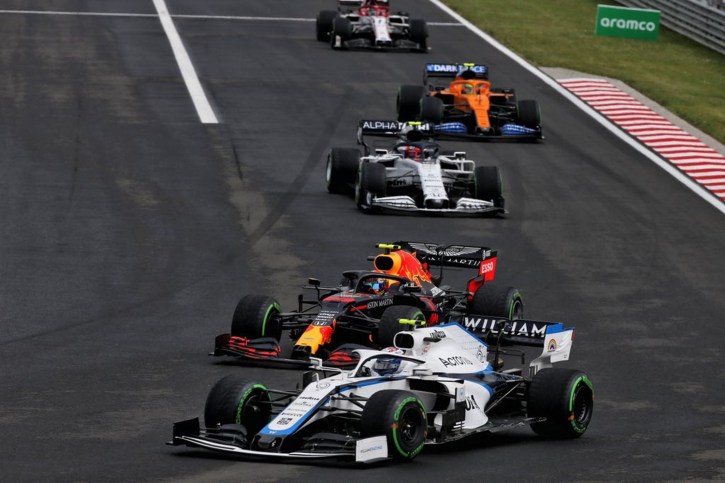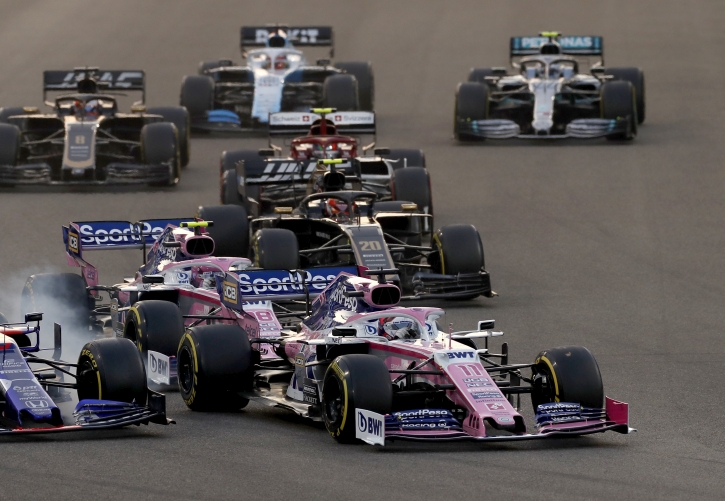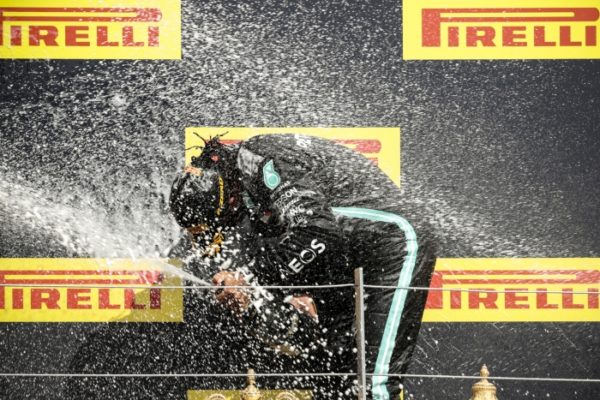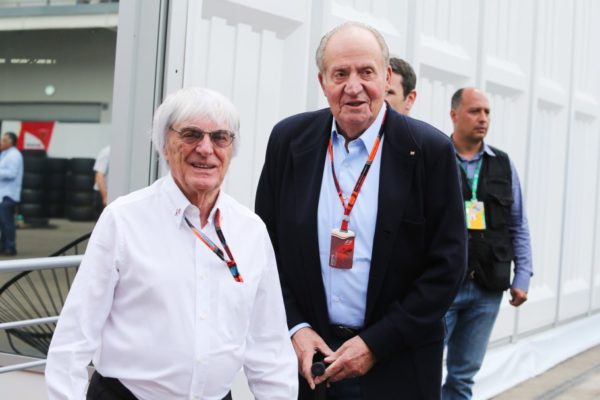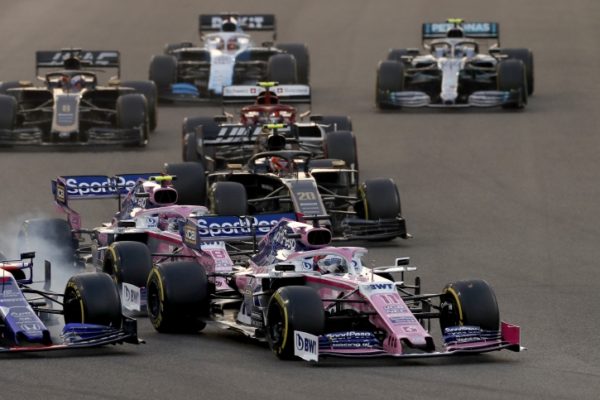Winter testing – and on-track preparations for 2006 – begins again in two weeks. Bob Bell talks about the Renault F1 Team’s approach to the weeks ahead…
Bob, can you explain how the team will approach winter testing between now and Christmas?
“We will be running the R25 with V10 engines that are suitably detuned to represent the power levels of the V8 engine. This will give the drivers a feel for next year’s engine performance, and allow us to simulate the 2006 tyre energy levels in order to advance with development. It is a cost-effective solution that will allow us work from a well-known, reliable chassis baseline.”
Rival teams will be running hybrid cars with V8 engines, yet Renault’s V8 is not scheduled to debut on track until January. Is this a concern?
“From our point of view, we have taken a pragmatic decision not to run an interim car, based on the potential return on investment involved in this type of project. Firstly, there is a question of timing: to gain real advantage from an interim car, it would need to have been running very early, but to achieve this would have been using an interim ‘V8’ rather than a definitive design. Secondly, there is the question of interchangeability: we are changing engine ‘V’ angle from 72° to 90° next year, so an interim car would have required a large commitment of resources to produce a relatively unrepresentative chassis. For any team, the decision to produce an interim car is not without consequences – it demands manpower, money and a lot of other resources. Within the timing, budgetary and human constraints of our 2006 project, the return on investment would have been low.”
Wouldn’t a hybrid car allow you to learn about the different installation and characteristics of a V8 engine?
“Track testing is crucial, and we cannot reproduce every aspect of the engine’s environment on the dyno. We have planned our project accordingly, to have two cars running very quickly in the New Year and maximise our running with a definitive engine. In terms of installation, both this and the major ancillaries such as the oil and water systems, are not actually significantly different to this year. We have successfully negotiated changes in engine architecture in recent seasons, so we don’t underestimate how much work it involves. But the advantage of having done that, is that this major change seems to us like relatively normal business.”
You mentioned tyre development as a crucial component of the winter test programme. Will running a proven, reliable package before Christmas give the team a head-start in this area?
“I think it will. Other teams may well run a V10 powered car alongside a V8 machine, but tyre testing will be a major component of our work this winter following the recent regulation changes. Not only has the life of the tyres changed, but the reduced power output of the V8 engines will mean there is less energy going into the rear tyres. We will work with Michelin to evolve a new generation of tyres optimised for this duty cycle.”
Michelin dominated the 2005 season but in 2004, when the tyre regulations were the same as they will be in 2006, the tyre manufacturers was closer. Are you expecting the balance in power between tyre manufacturers to shift for next year?
“There is a simple truth in F1: you never un-invent technology. Michelin made significant progress under the longer life tyre rules in 2005 – and also in the area of wet tyres, as we saw in Spa – and those gains will have direct benefits for next year. We have every confidence that Michelin have the ability to develop winning tyres for 2006, and it is our responsibility, with the other teams, to ensure that happens. For us at Renault, it is a very important objective to finish 2006 saying that Michelin tyres were the best we have ever had.”
How do you expect the drivers to react to revised power output when they begin testing?
“I expect them to be pretty disappointed on the first runs. They are racing drivers, after all, so they like power and speed! Although I am sure the cars will initially feel underpowered, they will soon get used to it, and start honing their driving styles to get the most from the new tyres, to adapt to the revised downforce levels and understand how the power loss affects the overall performance over a lap.”
Finally, a rev-restricted V10 is permitted under the 2006 regulations. After completing a lot of running in the configuration, could this be an option for the team next year?
“No. It is clear in the regulations that this concession is only there for teams who cannot afford to acquire a competitive V8 engine. It is not on the cards for any of the front-running F1 teams.”
Press Release
Renault
